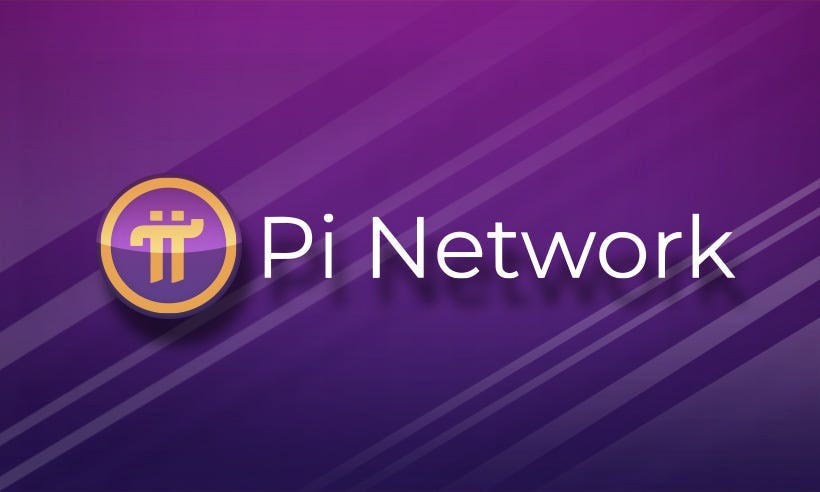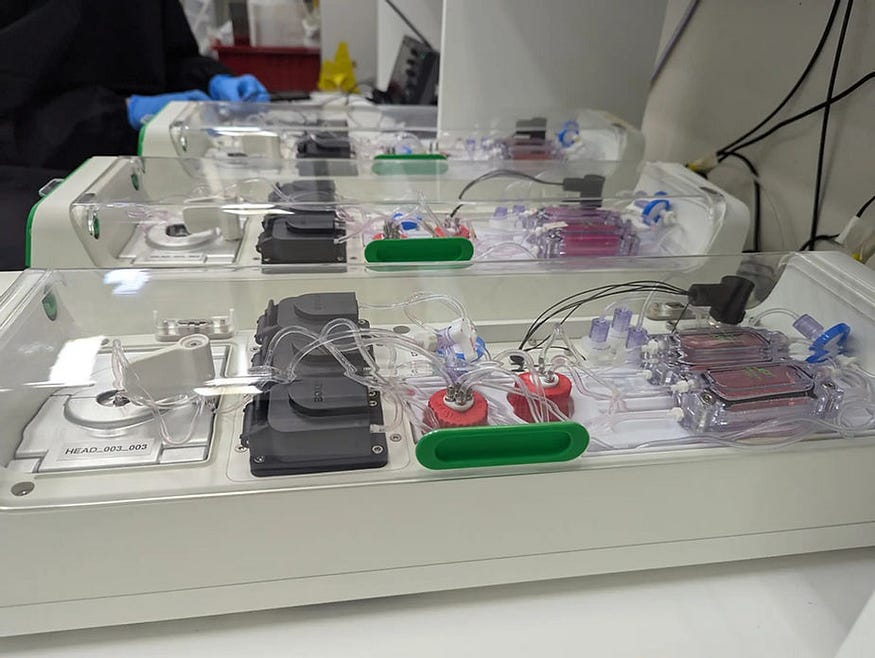Pi Network: The Crypto of the Future, the New Bitcoin, or a Scam?
Discover the Story of Pi Network — a Mobile-First Cryptocurrency set to Transform Digital Finance, Learn about its History, Unique Features, and Future Potential

This post can be read in Tocsin Magazine and all Non-Medium members can read the full article here.
Introduction
After six long years filled with doubts about its success, the launch date for Pi Network’s cryptocurrency has finally been announced.
On February 20, 2025, the long-awaited Open Network phase will begin — a date the team insists is final and non-negotiable.
This news has sent shockwaves through the crypto community, making headlines on major crypto portals, among influencers, bloggers, and everyday enthusiasts.
But what makes the Pi Network so important? How does it stand apart from thousands of other crypto projects? This article delves into those questions.
A Project of Controversy and Conviction
From its inception, Pi Network has sparked debates and divided opinions. Loyal supporters and harsh critics have clashed over its authenticity, yet one thing is clear: the Pi Network team has laid all its cards on the table.
Come February 20, 2025, we will see whether the project soars to new heights or fades into obscurity.
I, along with my wife, own several thousand Pi coins, and I follow every development closely. If you’re curious about joining, feel free to use our affiliate links at the end of the article and embark on your own Pi adventure.
The History of Pi Network
The project officially launched on March 14, 2019. It was conceived by two Stanford PhDs in computer and social sciences, Nicolas Kokkalis and Chengdiao Fan. Unlike Bitcoin, Pi Network employs a consensus algorithm based on the Stellar Consensus Protocol (SCP) and the Federated Byzantine Agreement (FBA).
These energy-efficient algorithms rely on extensive network communication between nodes to agree on the next block, eliminating the massive energy waste seen in traditional mining.
Designed with everyday users in mind, Pi Network is a significant step toward the mass adoption of cryptocurrency, thanks to its simplicity and accessibility.
Vision, Mission, and Unique Features
According to its website, Pi Network’s vision is to“build the world’s most inclusive peer-to-peer ecosystem and online experience, powered by Pi, the most widely distributed cryptocurrency in the world.”Its mission is to“build a cryptocurrency and smart contract platform secured and governed by everyday people.”
Unlike Bitcoin or Ethereum, Pi is mined through a free mobile app, making it accessible to everyone. Moreover, its environmentally friendly approach appeals to those concerned about the ecological impact of crypto mining.
Addressing the Critics
The very features that set Pi Network apart have also sparked suspicions. Many found it hard to believe that a free mobile app could enable users to earn cryptocurrency — essentially money — without any fees or upfront investments. While these claims may sound incredible, they do not automatically mean the project is a scam.
For six years, the Pi Network team has faced harsh criticism and baseless accusations. Influential voices in the crypto sphere mocked the project without conducting proper research or even reading its white paper. Hundreds of articles and videos portrayed Pi Network as a scam, though some content creators offered balanced insights by weighing both its strengths and weaknesses.
Critics also pointed to several delays in launching the Open Network, using them to question the project’s credibility. However, one thing the team has never done is ask for money. Despite persistent warnings that funds would eventually be demanded and misused, nothing of the sort has occurred.
When accusations of monetary fraud failed, detractors shifted their focus to other theories — suggesting the project might misuse data or exploit users with in-app ads. In response, Pi Network introduced an option to disable ads and implemented robust measures to secure all KYC documents, ensuring personal data remains protected.
Where Do We Stand?
After six years of ups and downs, while some skeptics abandoned the ship, a far greater number of people continued to believe in Pi Network.
Today, approximately 60 million users are involved in the project. Over 19 million have completed KYC verification, and more than 10 million have migrated their Pi coins to mainnet wallets. With all the conditions set by the team now met, the doors to the Open Network are wide open.
Now, we wait a little longer to see if our faith in the project will be rewarded. Will we be able to convert our Pi coins into tangible value, or will the critics prove right and the project falter?
For everyone following this story, stay tuned for updates. I will continue to monitor the developments closely and report on any changes.
Disclaimer
I am not a financial advisor or a cryptocurrency trading expert, nor am I a member of the Pi Network team. The opinions expressed in this article are my own and do not constitute financial or investment advice. If you decide to enter the world of cryptocurrencies, do so at your own risk. Always conduct your own research (DYOR) before making any major financial decisions.
My link and my user name are Neo25041977
My wife’s link and user name Xena04011970
If you want to support my work buy me a coffee for $1
Greetings and until my next article!
Neo77















